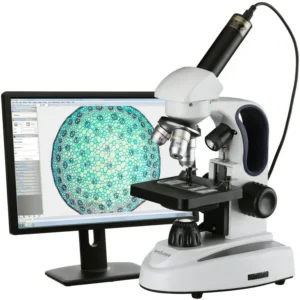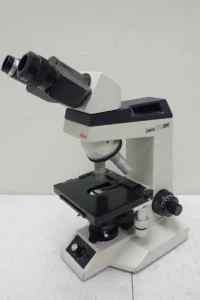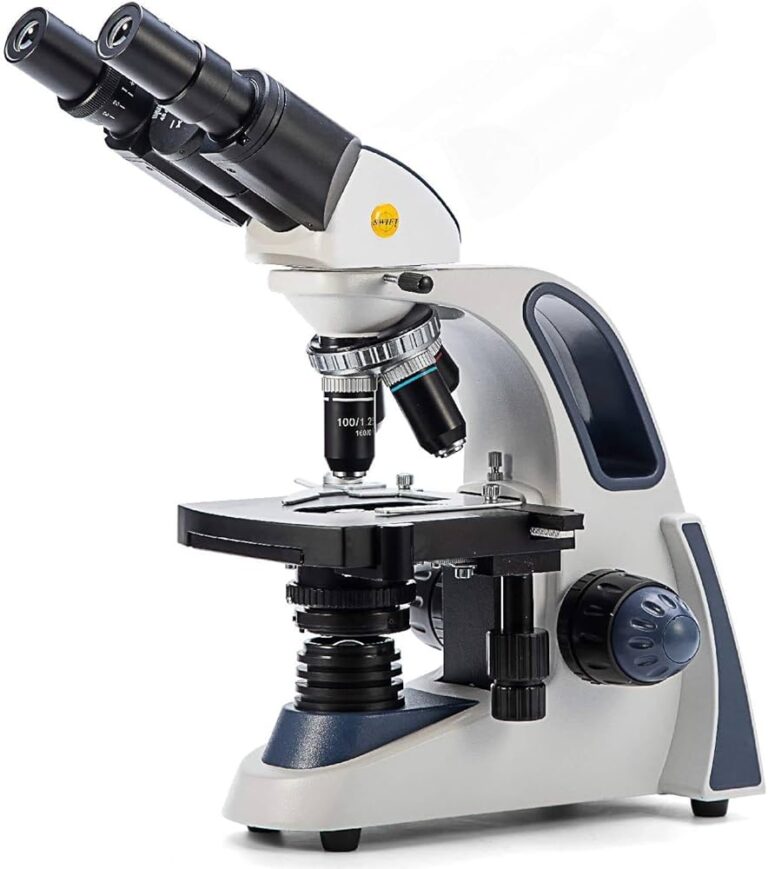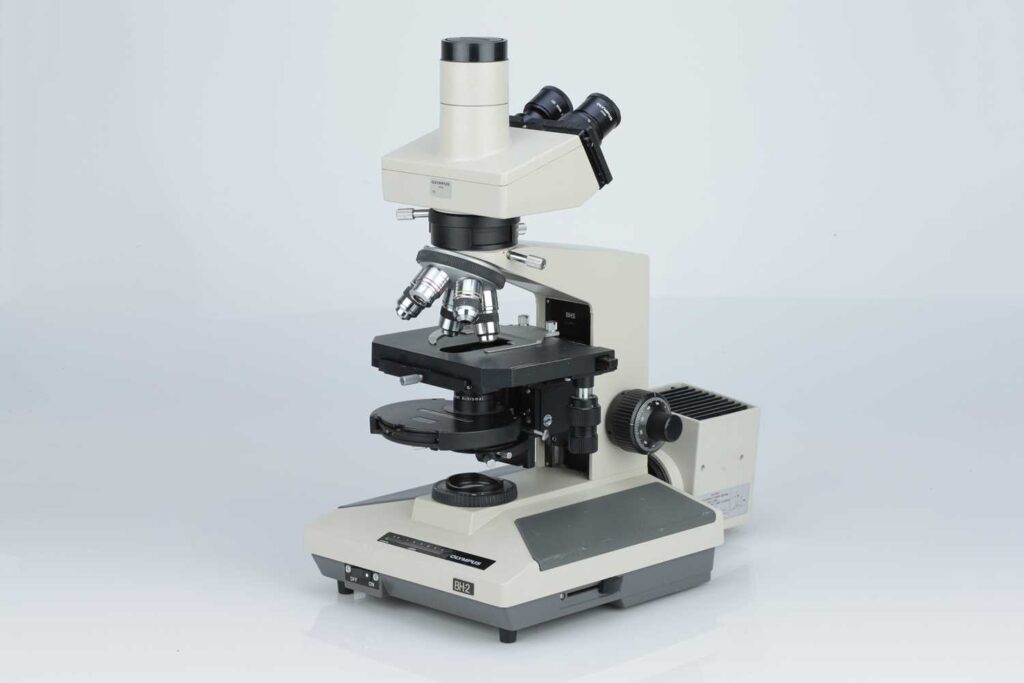Introduction to Microscopy
Microscopy might seem like a very difficult hobby to get into at first, click on any microscopy forum and you’ll be bombarded with jargon, model numbers, contradicting suggestions, and maybe even some dreaded physics. Please don’t worry. Microscopy is a fantastic hobby for anyone even with the slightest interest in the things we can’t see. All microscopes do the same job, some better than others, sure, but the principle is always the same: look at that tiny thing.
This guide should hopefully ease anyone with an interest in microscopy into the hobby. I’ll try my best to explain things carefully and simply so you can take what you’ve learnt here, out there. It’s worth mentioning that microscopy is full of opinion, it’s incredibly rare that anybody has had hands-on experience with even 5% of the microscopes out there in the world. I certainly haven’t had that priviledge either, what experience I do have, though, is hours and hours picking through these opinions and taking the best consensus I can.



Buying A Microscope
I think the reason you don’t see many microscopy hobbyists out and about is this, the biggest barrier to entry: actually buying a bloody microscope. If you’re of the mind to research things, you’ll stumble across thousands upon thousands of posts about which microscope is best for X situation or X reason. While these posts definitely have merit, it can really put someone off looking to buy a microscope to just play around with.
There are two schools of thought on buying a first microscope:
1. Buy a nice, new microscope: intuitively, this might seem like the more expensive option to get a better quality microscope. However, this isn’t really the case in the grand scheme of things. New microscopes from brands like AmScope, Swift, and OMAX typically get all their parts from the same Chinese factories, where they put them together and sell them as bundles with different designs and model names. This is no bad thing.
2. Buy a nice, used microscope: most microscopy enthusiasts will point you in this direction, but most are also US-based, giving a different view compared to UK-based buyers especially regarding prices. As a general rule of thumb, used microscopes from quality manufacturers will likely end up being more expensive than new microscopes and will require a fair amount more research. There’s also a fair amount of risk involved in this process. This is also no bad thing.
Which Do I Choose?
Case for a new microscope: A new microscope will let you jump right into the hobby; these are no toy microscopes. Typically with a new microscope, you’ll be given the things to get you started such as slides and cover slips. You may opt to get a camera with your microscope, so you can give your hobby added purpose by taking pictures and videos, although maybe opt for a camera which isn’t the base option (3MP), or just buy a smartphone adapter. These microscopes look good, are from quite reliable companies (they have the market cornered for a reason) and let you do the thing that matters most: look at things. If these factors sound perfect for you, go for it and buy one, see my recommendations in my buying guide. If you keep researching and looking for better and better quality, you will only distort your expectations of a first microscope and maybe upsell yourself. Realistically, a new decent microscope will be better than most you’ve ever handled (if any). Head to the buying guide for further information.
Case for a used microscope: The most important asset of a used microscope is upgradability. If you really think this is a hobby you’ll stick with for some time, this is your best bet. Microscopy really hasn’t advanced much since the 60s, with many brands allowing you to chop-and-change between parts across many decades. Opting for a used microscope from a decent brand should set you up for a strong future in the hobby; part of the fun of microscopy is learning and upgrading as you go, whereas a new microscope may limit you in that regard. Another asset of used microscopes is quality, many older microscopes will last until doomsday if properly maintained and the feel of quality, metal, specialised equipment is really quite lovely. However, if you fall down the rabbit hole of used microscopes, you may not be able to turn back. Used microscopes are expensive, as are the parts to upgrade them. It’s worth being prepared for this if you go down this route. Head to the buying guide/used microscopes for further information.


